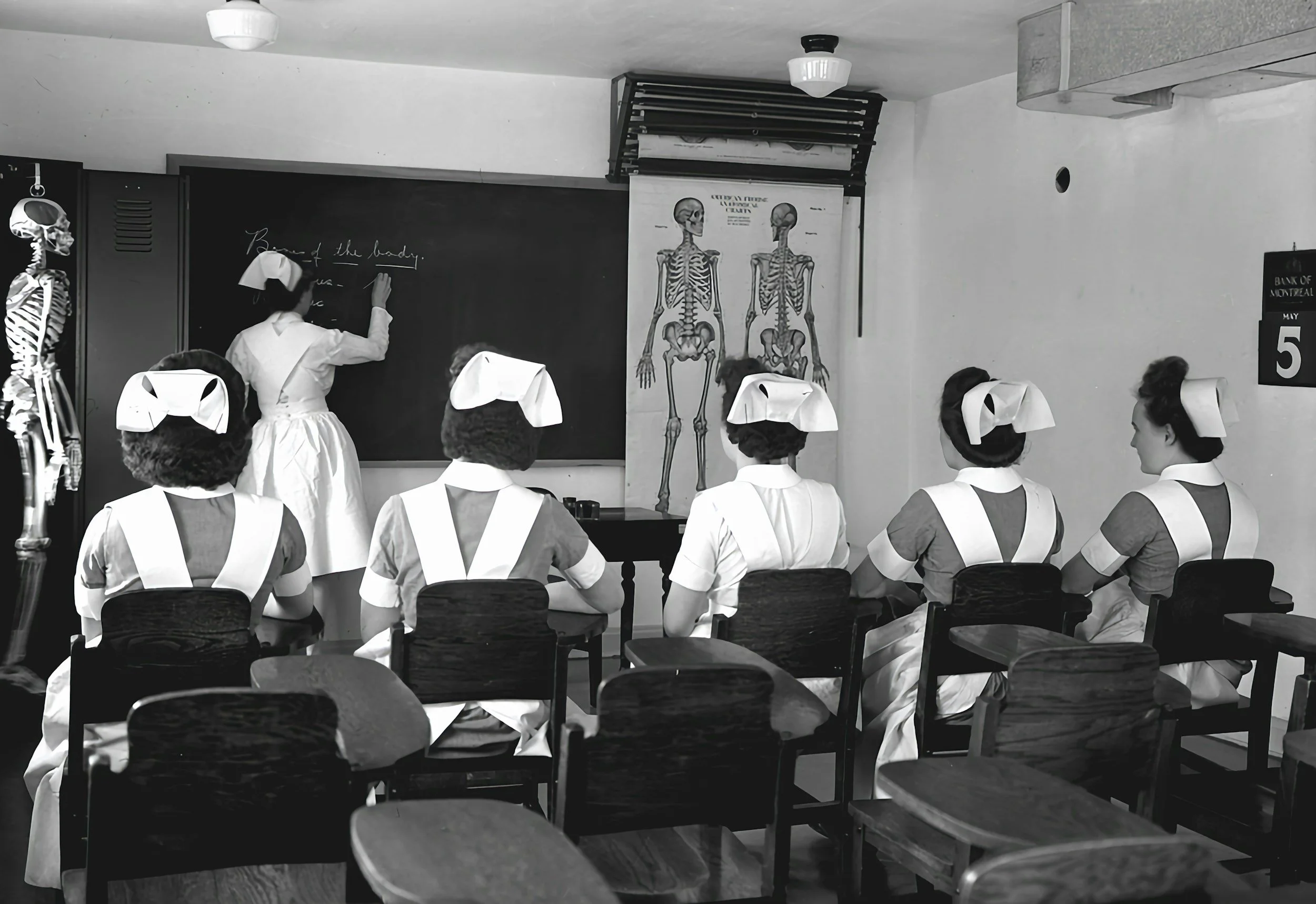The Critical Role of Nursing Education and Professional Development in Healthcare Systems
So I’ve been around healthcare education in one form or another for over 30 years, and my experience tells me we still don’t understand the value of an education or professional development department within an organization. To this day, institutions I consult with see education as a necessity to meet the “requirements” and not as strategic partners.
In far too many healthcare organizations, often led by executives and administrators from a medical model, including physicians who do not fully grasp the scope of nursing practice, the Nursing Education and Professional Development Department is chronically understaffed, misunderstood, misused, or entirely overlooked. These leaders, despite their clinical expertise, often lack insight into the complexities of nursing roles, do not value nursing professionals needs, and lack the infrastructure needed to support continuous professional development. As a result, the department is frequently reduced to a “check-the-box” function, tasked with mandatory training and compliance, rather than seen as a strategic partner in clinical excellence, workforce development, and organizational resilience.
This fundamental misunderstanding leads to several damaging patterns:
1. Understaffing
Nursing education departments are routinely expected to do more with less. In many organizations, one or two educators are expected to support hundreds of nurses across units, shifts, and campuses. The result? Orientation programs get rushed. Competency assessments get diluted. Innovations in education and mentorship are delayed or dropped entirely. These teams operate in constant triage mode, prioritizing urgent compliance requirements over long-term development strategies, not by choice, but by necessity.
2. On the Chopping Block
When financial challenges hit, education is often one of the first departments to see cuts. It’s viewed as non-revenue generating, despite the fact that well-educated and supported nurses directly influence patient outcomes, retention, and organizational efficiency. Cutting educators to save money is short-sighted, it may balance the budget line temporarily, but it creates ripple effects in turnover, errors, and onboarding failures that are far more costly in the long run.
3. Leaders Who Lack Educational Expertise
A growing and alarming trend is the appointment of individuals to educator and education leadership roles who lack foundational experience in nursing professional development. Often wearing multiple hats as managers over units AND the education department. These hires, often made out of convenience, internal favoritism, or misunderstanding of the competencies required, can further erode the effectiveness of the department. Without a deep understanding of adult learning theory, competency development, and evidence-based education practices, these leaders often default to task-oriented checklists and compliance-driven workflows, rather than cultivating professional growth and clinical excellence. This undermines the credibility of the department and alienates frontline staff.
4. Strategic Value
Education departments are rarely given a seat at the leadership table. Yet these are the same professionals who drive critical initiatives like nurse retention, quality improvement, and change management. They are the ones translating evidence into practice, shaping the clinical environment, and preparing staff to respond to ever-evolving care demands.
5. Misaligned Expectations
When education teams are treated as event planners or logistics coordinators rather than experts in curriculum design, adult learning, and professional role development, their full impact is stifled. The department becomes reactive instead of proactive, limited to crisis response instead of cultivating a culture of continuous learning.
6. Clinical Outcomes and Education
Clinical errors, poor staff engagement, and high turnover are often treated as isolated HR or leadership failures when, in reality, they are tightly linked to how well (or poorly) nurses are supported, developed, and retained. The education department should be central to addressing these issues, not sidelined from them.
These departments are not luxuries; they are essential infrastructure. And like any critical infrastructure, when neglected, underfunded, or mismanaged, the entire system suffers.
Healthcare leaders must stop asking, “Can we afford to invest in education?” and start asking, “Can we afford not to?”
And just as importantly, they must ensure the right people—with the right expertise—are entrusted to lead this essential work.


